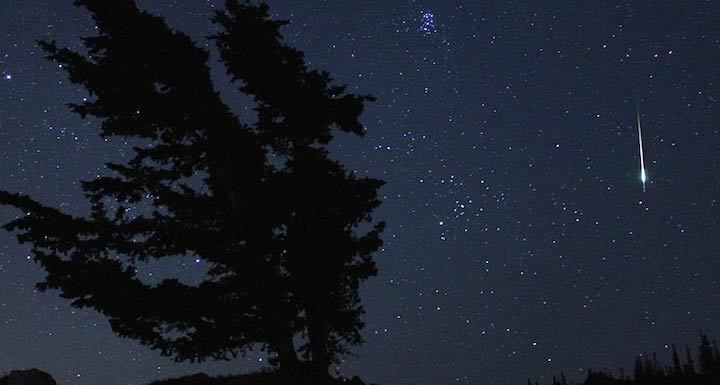17.04.2019
Such alien visitors could graze Earth’s atmosphere once a decade, scientists suggest

Earth may already have been visited by an object from outside our solar system — a meteor that burned up in the planet’s atmosphere in 2014, astronomers claim. If confirmed, it would be the first known interstellar object to have entered the atmosphere.
The first interstellar visitor known to have come close to Earth was the roughly 400-meter-wide asteroid named ‘Oumuamua. It swooped within about 24 million kilometers of the planet in October 2017 (SN: 11/25/17, p. 14). Its sharp-angled approach to the solar system and equally strange departure led astronomers to suggest that ‘Oumuamua could have been anything from a fluffy skeleton of a comet to an alien spaceship (SN Online: 2/27/19).
If there was one interstellar interloper, astronomers reasoned, there would likely have been more, including some that collided with Earth.
So astronomer Avi Loeb and undergraduate student Amir Siraj, both of Harvard University, searched through a NASA catalog of meteors that have burned up in Earth’s atmosphere to see if any had taken an odd, ‘Oumuamua-like trajectory.
The pair identified a 0.9-meter-wide object that disintegrated in January 2014 in the sky over the South Pacific, off the northern coast of Papua New Guinea. The meteor had approached the sun at a brisk 60 kilometers per second, suggesting that it wasn't bound by the sun's gravity. Running that meteor’s orbit back in time shows that the object probably originated outside of the solar system, possibly in the inner part of another planetary system in the thick disk of the Milky Way, the astronomers report online April 15 at arXiv.org.
That origin could mean that the object came from another star’s habitable zone — the region around a star where temperatures are right for liquid water, and perhaps life, to exist. “If an interstellar object comes from another planetary system, it can bring life into the solar system from outside,” Loeb says.
This particular object was so small that it burned up in Earth’s atmosphere, so it couldn’t have delivered microbes to Earth’s surface, the team says. But because the duo found just one interstellar meteor in a decades-spanning database, Loeb and Siraj estimate that Earth could be struck by one every 10 years. That would mean about 450 million interstellar meteors might have hit Earth across its roughly 4.5-billion-year history. “We don’t need to bring life once per decade, we just need once per few billion years,” Loeb says.
If scientists can identify one of these visitors before it enters Earth’s atmosphere, they could figure out its composition by studying the light of the meteor as it burns up. “In retrospect, it’s obvious that this should be a very good way of finding an interstellar object and learning about its composition,” Loeb says.
This is not the first time astronomers have gone looking for interstellar meteors, says astronomer Eric Mamajek, who isn’t convinced that the 2014 find is the real deal.
“The result is interesting, but rests upon measurements for a single event,” says Mamajek, of NASA’s Jet Propulsion Laboratory and Caltech in Pasadena, Calif. “Was the event a statistical fluke or an actual interstellar meteor? The answer seems to lie either with inaccessible government sensors or in a fine rain of pulverized dust that fell over the Pacific.”
Quelle: ScienceNews
